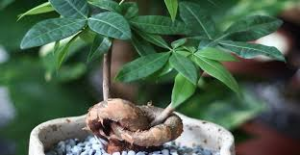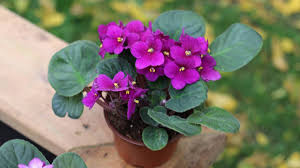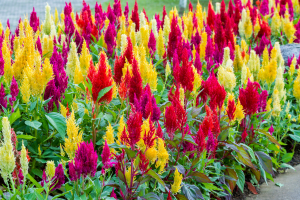How To Grow And Care For Pachira Aquatica
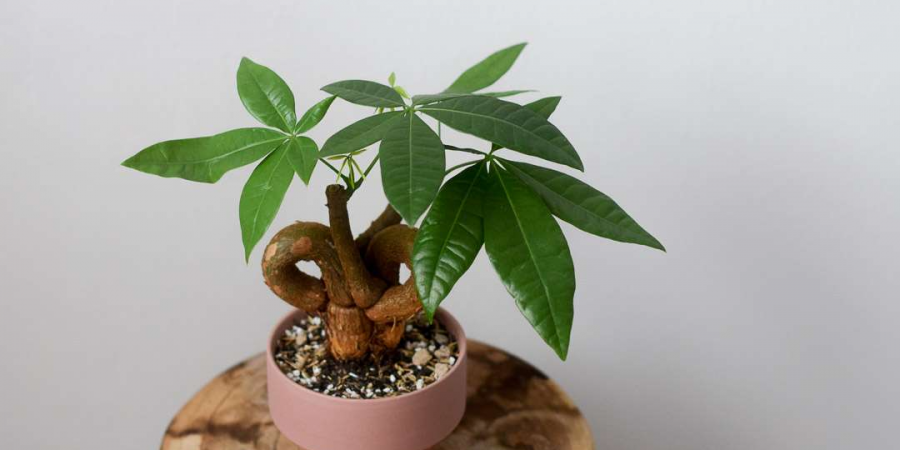
Pachira aquatica, commonly known as the Money Tree or Guiana Chestnut, is a unique and attractive indoor plant. This tropical beauty is renowned for its braided trunk and vibrant green foliage. In this guide, we will explore the key aspects of growing and caring for Pachira aquatica, including its appearance, size, origin, growth rate, lifespan, and more.
Table of Contents
What is Pachira Aquatica?
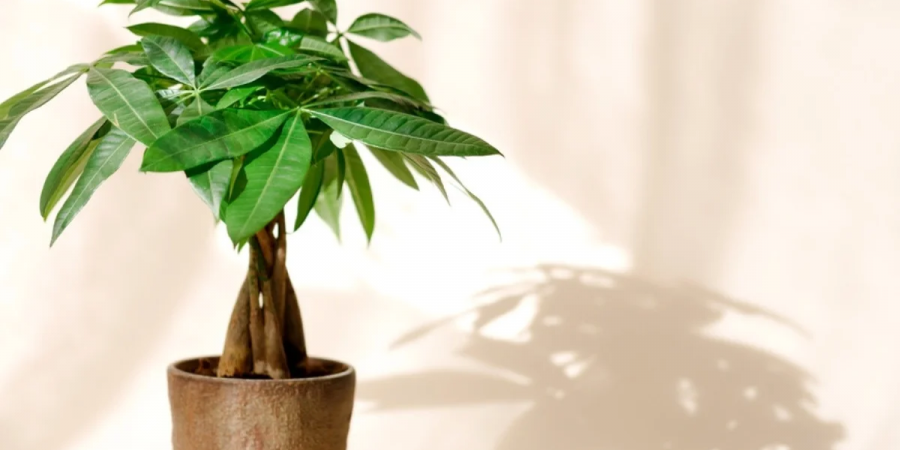
Photo: housing
Pachira aquatica is a captivating tropical tree that belongs to the Malvaceae family. It is characterized by its striking appearance, with a braided or twisted trunk that gives it an ornamental look. The plant features lush, palmate leaves and can reach a height of 6 to 10 feet (1.8 to 3 meters) when grown indoors. Native to Central and South America, Pachira aquatica is known for its rapid growth and can live for several decades when properly cared for.
Common Name | Money Tree or Guiana Chestnut |
|---|---|
Botanical Name | Pachira aquatica |
Family | Malvaceae |
Plant Type | Indoor tropical tree |
Mature Size | 6 to 10 feet |
Sun Exposure | Bright, indirect light |
Soil Type | Well-draining potting mix |
Soil pH | Slightly acidic to neutral |
Flower Color | Creamy white |
Hardiness Zones | USDA Zones 10-11 |
Native Area | Central and South America |
Toxicity | Non-toxic to humans and pets |
Growing Conditions for Pachira Aquatica
Light for Pachira Aquatica
Pachira aquatica prefers bright, indirect light. It can tolerate some morning sun, but it should be protected from harsh, direct sunlight, which can scorch its leaves. Inadequate light may lead to leggy growth, so if your Money Tree starts stretching towards the light source, consider using supplemental grow lights to provide sufficient illumination. Conversely, if the leaves become pale or scorched, move the plant to a slightly shadier location.
Soil for Pachira Aquatica
To ensure optimal growth, use a well-draining potting mix for Pachira aquatica. A mixture of peat-based potting soil and perlite or orchid bark works well. Aim for a soil pH of around 6.0-7.0. You can also add some organic compost to enhance soil fertility. Ensure that the pot has drainage holes to prevent waterlogged soil, which can lead to root rot.
Temperature and Humidity for Pachira Aquatica
Pachira aquatica thrives in warm, tropical conditions. It prefers temperatures between 65-80°F (18-27°C) during the day and should not be exposed to temperatures below 50°F (10°C) for extended periods. Keep the plant away from drafts and cold windows in the winter. Maintain a moderate to high humidity level around the plant, as it hails from humid tropical regions. You can achieve this by misting the leaves regularly or placing a humidifier nearby.
General care of Pachira aquatica
Watering of Pachira Aquatica
Pachira aquatica prefers consistently moist soil, but it’s crucial not to overwater it. Here are some watering guidelines:
- Water your Pachira when the top 1-2 inches (2.5-5 cm) of the soil feels dry to the touch.
- Ensure that the pot has good drainage to prevent waterlogged roots, which can lead to root rot.
- In general, water less during the winter months when the plant’s growth slows down.
Fertilizing of Pachira Aquatica
Proper fertilization is essential for the healthy growth of your Pachira aquatica:
- Use a balanced liquid fertilizer or a slow-release granular fertilizer during the growing season (spring and summer).
- Dilute the fertilizer to half or quarter strength and apply it every 4-6 weeks.
- Avoid fertilizing during the winter months when the plant is not actively growing.
Repotting of Pachira Aquatica
Repotting is necessary when your Pachira aquatica outgrows its current pot or when you notice that it has become root-bound:
- Repot your Pachira every 2-3 years or when you see the roots circling the pot.
- Choose a slightly larger pot with good drainage and fresh potting mix.
- Repot in the spring when the plant is actively growing.
Pruning of Pachira Aquatica
Pruning helps maintain the shape and size of your Pachira aquatica and encourages bushier growth:
- Prune any dead or yellowing leaves as needed throughout the year.
- You can also trim the top growth to encourage branching.
- Regularly remove any unwanted shoots or stems to maintain the desired appearance.
How to propagate Pachira aquatica?
Take Cuttings:
- Cut a healthy stem or branch just below a node (where leaves attach to the stem). A cutting should be around 4-6 inches (10-15 cm) long.
- Remove any leaves from the lower portion of the cutting, leaving a few leaves at the top.
Rooting in Water:
- Place the cuttings in a container of clean, room-temperature water. Submerge the bare stem nodes but keep the leaves above the water.
- Change the water every few days to prevent rot and ensure oxygen is available for the developing roots.
- Place the container in a location with indirect sunlight, as too much direct sunlight can overheat the water.
Root Development:
- In a few weeks to a couple of months, you should start to see roots developing from the submerged nodes.
- Once the roots are a few inches long and the cutting has developed a good root system, it’s ready for transplanting.
Transplanting
- Prepare a small pot with well-draining potting mix.
- Gently remove the cutting from the water and plant it in the pot, making a hole with your finger or a stick.
- Cover the roots with soil and gently press down to secure the cutting.
- Water lightly and place the pot in a location with bright, indirect light.
Care for the New Plant:
- Keep the soil consistently moist but not waterlogged.
- Avoid direct sunlight initially, as young plants are sensitive to intense light.
- After a few months, your new Pachira aquatica plant should be well-established and can be cared for like a mature plant.
How to care Pachira aquatica in winter?
In the winter, caring for the Pachira aquatica requires reducing watering and allowing the top layer of soil to dry out before watering again, as its growth slows down during colder months. Place it in a location that receives bright, indirect sunlight while avoiding direct sunlight. Maintain a warm and stable indoor temperature, ideally between 18°C to 24°C, and ensure proper humidity levels. Fertilization is not needed frequently during the winter, and keep an eye out for any pests on the plant, addressing them promptly when necessary.
Common Pests of Pachira Aquatica
Here are some common pests of Pachira aquatica and their solutions:
Aphids
- Identification: Aphids are small insects, usually green, black, or brown, found congregating on the undersides of new leaves.
- Solution: Rinse the leaves with water to remove aphids, or use insecticidal soap or plant oil sprays for control. Maintain cleanliness around the plant to reduce aphid infestation.
Spider Mites
- Identification: Spider mites are tiny spider-like insects that often create webs on the undersides of leaves, leading to leaf discoloration and spotting.
- Solution: Wash the leaves with a spray bottle and ensure higher humidity levels. Use targeted insecticides to control spider mites, repeating treatment when necessary.
Powdery Mildew
- Identification: Powdery mildew presents as a white powdery substance on the leaf surfaces and may lead to leaf yellowing and drop.
- Solution: Isolate infected plants to prevent spread. Treat with powdery mildew fungicides following package instructions. Ensure proper ventilation and reduced humidity to prevent disease recurrence.
Rot
- Identification: Rot typically appears at the root level, with roots becoming soft, brown, and emitting a foul odor.
- Solution: Avoid overwatering and ensure that the plant’s roots are not sitting in standing water. If rot has already set in, trim away the affected parts, repot in dry soil to encourage root health recovery.
The mentioned solutions should be applied as per the specific situation and regular monitoring of the plant is advisable to ensure effective pest and disease control.
Where to buy Pachira Aquatica?
Succulentstore.com is an online store specializing in the sale of cacti and succulents. They offer a variety of plants such as Aeonium, Agave, Echeveria, and Crassula. The website features options for both retail and wholesale purchases, with different succulents available for sale at varying price points. They also provide a care guide for succulents, offering tips for maintaining healthy plants. For anyone interested in buying succulents, this website is a recommended destination due to its wide selection and informative resources. You can explore their offerings by visiting Succulentstore.
Conclusion
In summary, the Pachira Aquatica, commonly known as the Money Tree, is a beautiful and easy-to-care-for plant, perfect for those looking to add a touch of greenery to their home or office. Remember that moderate watering and adequate sunlight are key to keeping it healthy and thriving. Don’t forget to trim it regularly to promote new growth and maintain its shape. Additionally, keeping an eye on the plant’s environment, such as promptly addressing pests and diseases, will contribute to the robust growth of your Money Tree. Finally, consider placing it in a location that can attract good luck and positive energy, making it not only a green companion in your home but also a symbol of prosperity.
People Also Ask
Pachira aquatica is a tropical evergreen tree native to Central and South America that goes by many common names, including Guyana chestnut, Sabah chestnut, Malabar chestnut, and money tree.
The Money Tree can grow to varying heights depending on care and environmental factors. Under ideal conditions, it can grow up to 6 feet (approximately 1.8 meters) or even taller.
Yes, regular pruning of the Money Tree can help maintain its shape and promote the growth of new branches. You can trim overgrown or irregular branches, and it’s typically best to do this pruning in the spring.

